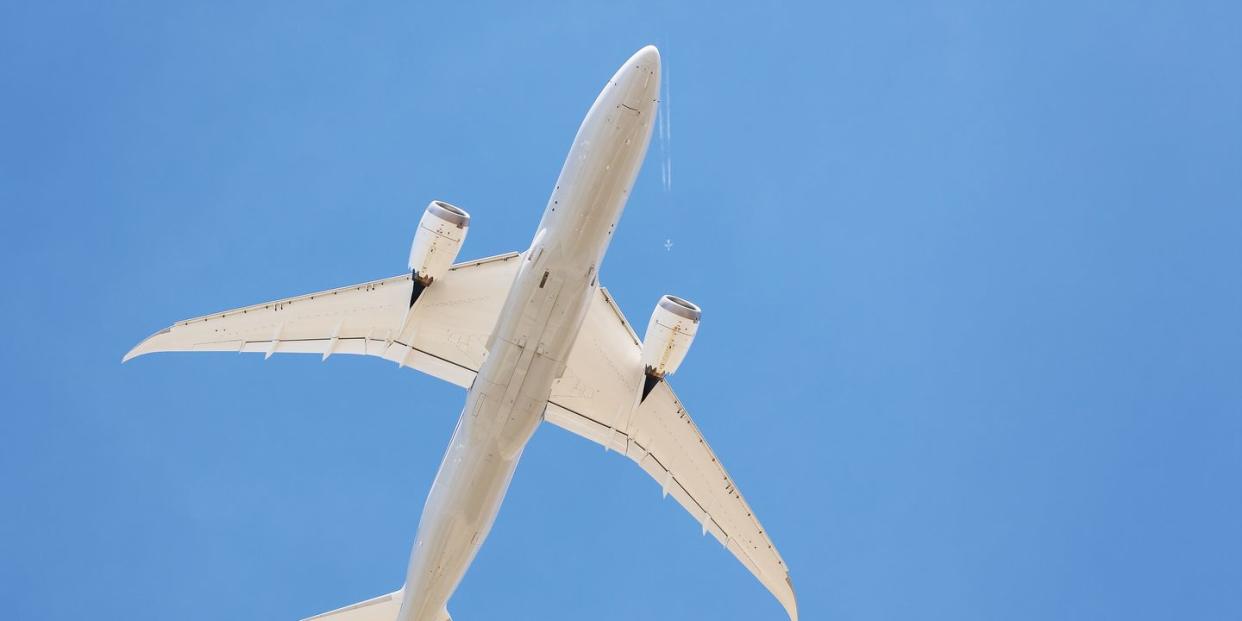In the Middle of a Pandemic, a Boeing 787 Breaks Passenger Flight Records

A direct flight from Tahiti to Paris, almost 10,000 miles, has taken the passenger flight record.
Last month, another flight set the speed record after sailing on the jet stream.
Planes usually fly with a carefully calculated amount of fuel, not a full tank every time.
After a reroute from President Donald Trump, a French airline flew 130 passengers on the new longest distance passenger flight ever. The flight from Tahiti to Paris usually stops in Los Angeles, but was prevented from doing so by a COVID-19 (coronavirus) policy that stops incoming flights to the U.S.
The March 14 flight was in the eye of a perfect storm. President Trump announced the U.S. travel restrictions that day, and the flight had just 130 passengers on a Boeing 787 built to hold at least 240 and as many as 330. With the low number of passengers, the plane could stretch one tank of fuel for nearly 10,000 miles from Paris direct to Tahiti. The flight took almost 16 hours and immediately took both length and distance records for passenger flights.
Passenger jet fuel made the news in a terrible way earlier this year, when a distressed Delta flight didn't warn officials before dumping fuel on an elementary school. And while that terrible situation sounds roundly unforgivable, pilots can face hard decisions about fuel that can really mean life or death for the people on their planes. For that flight, although an investigation is ongoing, the situation seemed to be that dumping fuel was the only way to reach a safe weight for making an emergency landing.
The Tahiti to Paris flight was also at risk of running out of fuel. But if it were really cutting it close, the pilots and airline wouldn’t have risked it. Passenger planes can safely land and brake to stopping at any weight that’s below their allowed landing weight. It makes sense: a lighter-weight craft makes a lighter, easier landing that doesn’t stress the structure of the aircraft, and the brakes and flaps are also less stressed than they are by a heavier plane.
Even the heaviest plane preparing to land can’t dump your luggage—or leave it behind if the weight is a concern. The Tahiti flight also likely had some wiggle room in the fact that planes with layovers are fueling for that shorter layover distance, not the full length from Tahiti to Paris—their fuel tanks probably had a lot of empty room. Carrying the right amount of fuel, instead of uniformly flying with a completely full tank, is another way airplanes manage both weight and safety. Fuel you’re not carrying in the first place can never catch fire.
The French airline says their Tahiti flights going forward will make a new stop in the Caribbean instead.
You Might Also Like

